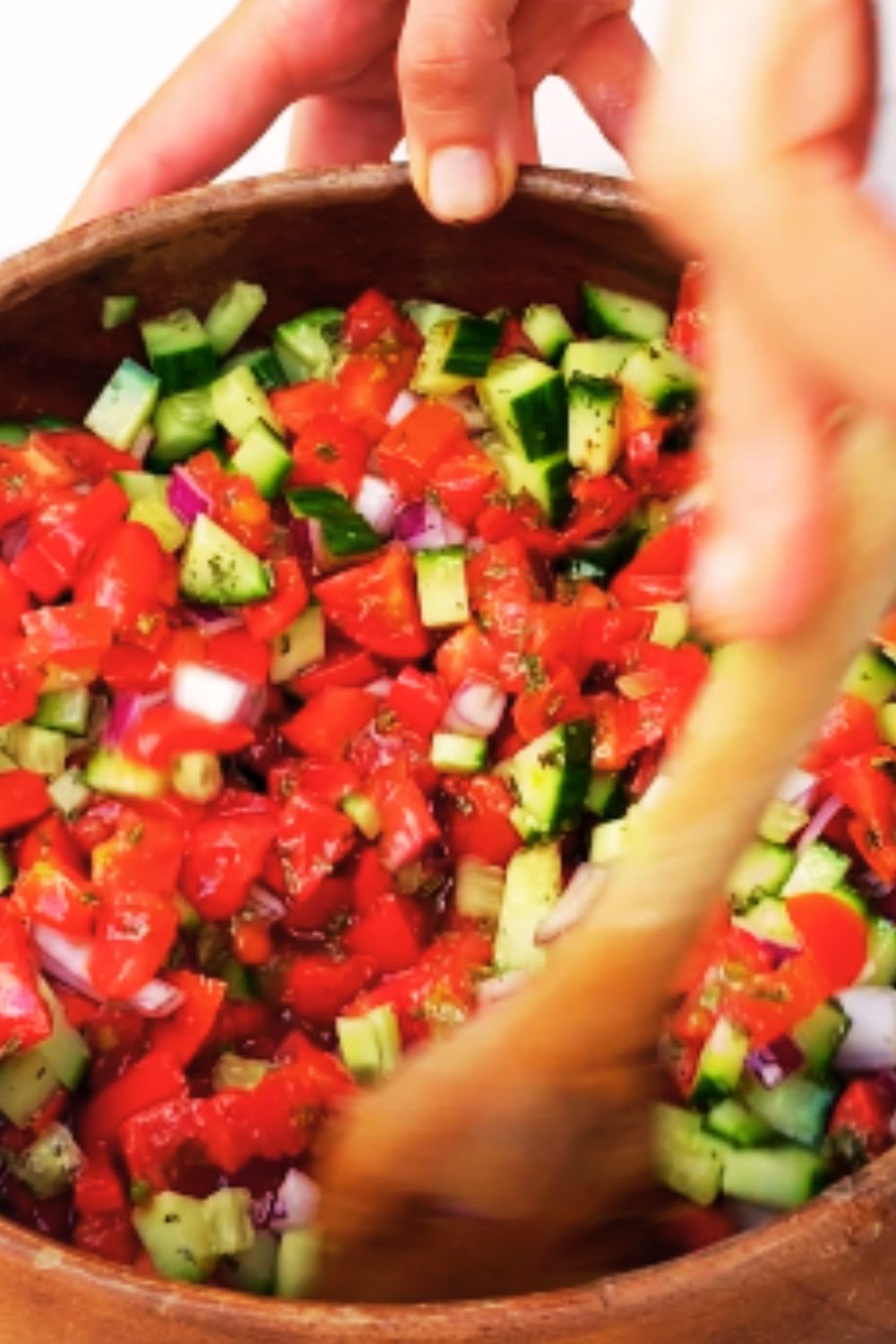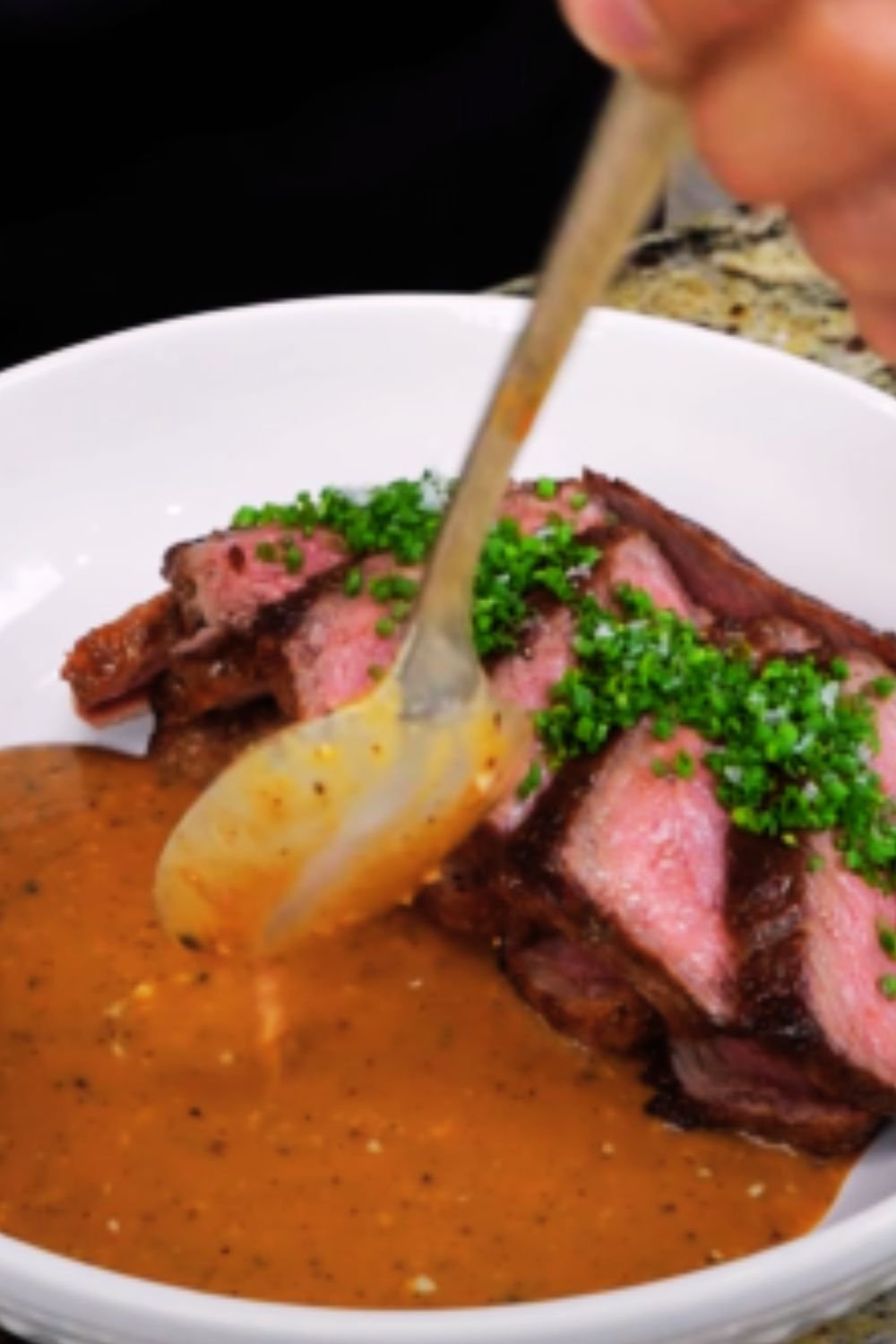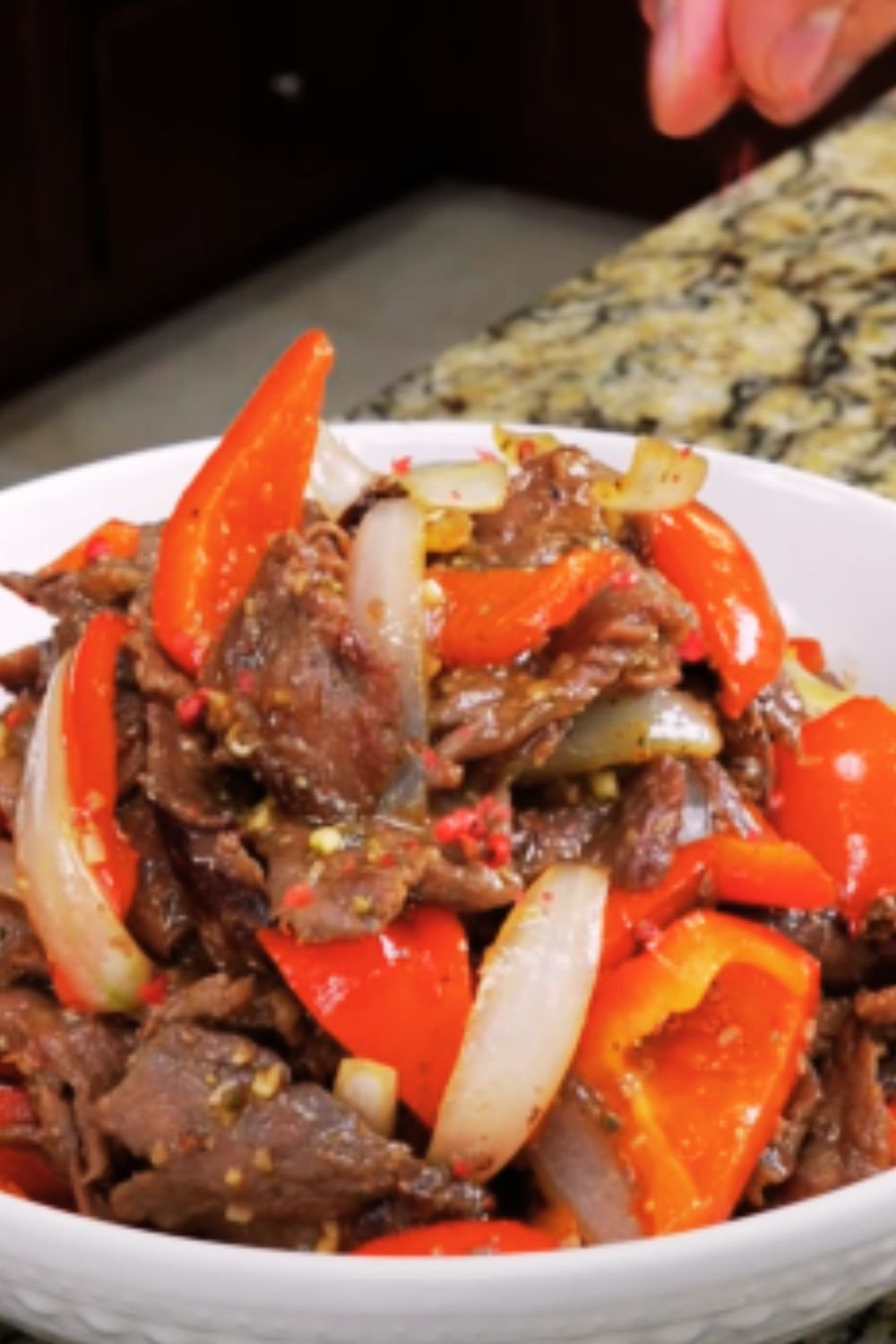The Refreshing Taste of Persian Cuisine
I’ve always believed that the simplest dishes often carry the richest histories and most vibrant flavors. This couldn’t be more true for Shirazi Salad, a jewel in the crown of Persian cuisine. Named after the beautiful city of Shiraz in southwestern Iran, this refreshing salad has been gracing dining tables for centuries, bringing together the perfect balance of tangy, fresh, and aromatic flavors that Persian cuisine is known for.
When I first encountered Shirazi Salad during my culinary explorations, I was immediately struck by its simplicity yet remarkable taste. The combination of crisp cucumbers, juicy tomatoes, and zesty onions dressed in a simple lime juice and olive oil mixture creates a harmony of flavors that’s both refreshing and satisfying. What makes this salad truly special is how it captures the essence of Persian food philosophy – fresh ingredients, balanced flavors, and minimal preparation that allows the natural tastes to shine.
In this article, I’ll guide you through everything you need to know about making an authentic Shirazi Salad. From selecting the perfect ingredients to achieving the ideal texture and flavor balance, you’ll discover why this humble dish has remained a staple in Persian households and has won the hearts of food enthusiasts worldwide.
Cultural Significance
Shirazi Salad isn’t just a side dish; it’s a cultural institution in Iranian cuisine. In Persian dining tradition, salads are typically served alongside the main course rather than before it, functioning as a palate cleanser and complementary component to the often rich and aromatic main dishes.
The salad’s origins in Shiraz, a city known for its literary heritage, gardens, and wine-making history (pre-Islamic era), reflect the region’s abundant agriculture and appreciation for fresh, simple flavors. This dish embodies the Persian culinary principle of “hot and cold” balance – not in temperature, but in the energetic properties food is believed to possess in traditional Iranian medicine.
What fascinates me most about Shirazi Salad is how it has remained virtually unchanged for generations. While many traditional recipes evolve dramatically over time, the core elements of this salad have been preserved, speaking to the perfect harmony achieved in its original conception. It’s a testament to the wisdom embedded in Persian culinary traditions – when something is perfectly balanced, there’s simply no need to alter it.
Essential Ingredients
The beauty of Shirazi Salad lies in its simplicity, but that also means the quality of each ingredient matters tremendously. Here’s what you’ll need to create an authentic version:
- Persian cucumbers: These smaller, thinner-skinned cucumbers have fewer seeds and a crunchier texture than their English counterparts. If unavailable, English cucumbers make a good substitute.
- Ripe tomatoes: Roma or vine-ripened tomatoes work best as they’re less watery and have a more concentrated flavor.
- Red onion: Provides a sharp, vibrant flavor that’s essential to the salad. Some traditional versions use white onions, but I find red onions offer a milder, sweeter profile.
- Fresh herbs: Typically mint, but sometimes parsley or cilantro are included for additional layers of flavor.
- Lime juice: The authentic version uses lime rather than lemon for its distinctive tanginess.
- Extra virgin olive oil: Use a good quality oil for the best flavor.
- Salt and pepper: Simple seasonings that bring all the flavors together.
- Optional additions: Sumac (for extra tanginess), dried mint, or verjuice (unripe grape juice used in Persian cooking).
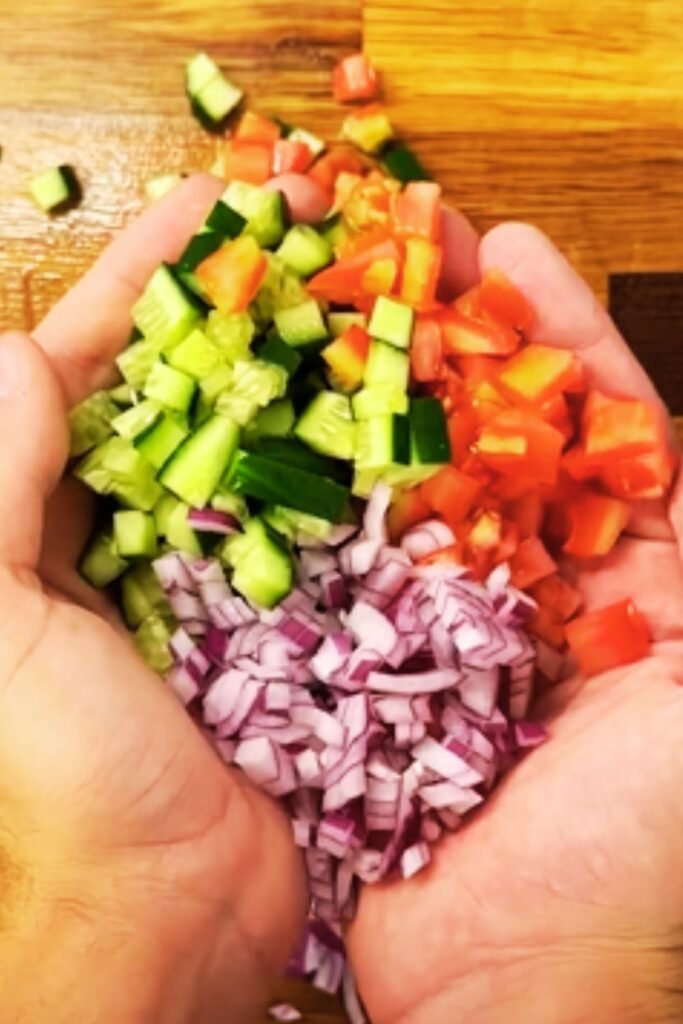
Traditional vs. Modern Variations
While I’m a strong advocate for preserving culinary traditions, I also appreciate how dishes evolve across regions and generations. Here’s how traditional Shirazi Salad compares to some modern interpretations:
| Aspect | Traditional Shirazi Salad | Modern Variations |
|---|---|---|
| Cutting technique | Very finely diced ingredients (approximately 1/4 inch cubes) | Sometimes larger chunks are used for a more rustic presentation |
| Key ingredients | Only cucumber, tomato, onion, herbs | May include additions like bell peppers, radishes, or even fruits like pomegranate |
| Dressing | Simple lime juice, olive oil, salt | Might incorporate vinegar, garlic, or additional spices |
| Herbs | Primarily dried or fresh mint | Often includes a broader herb profile with parsley, cilantro, or dill |
| Texture | Slightly dried (ingredients are sometimes salted and drained) | Often more juicy and immediately served |
| Serving style | Room temperature as a side dish | Sometimes chilled or served as a standalone appetizer |
| Spices | Minimal – salt, pepper, perhaps sumac | May include za’atar, Aleppo pepper, or other Middle Eastern spices |
In my experience, while the modern variations can be delicious, there’s something magical about the balance achieved in the traditional preparation. The fine dice allows the flavors to meld perfectly, and the simple dressing doesn’t overpower the fresh ingredients. That said, I encourage you to try both approaches and discover which speaks more to your palate.
Preparation Method
Creating the perfect Shirazi Salad is all about technique and timing. Follow these steps for authentic results:
- Proper dicing technique: The hallmark of an authentic Shirazi Salad is the uniform, fine dice of all ingredients. Aim for small cubes approximately 1/4 inch in size. This isn’t just for appearance – the small size allows the dressing to penetrate evenly and brings all the flavors together harmoniously.
- Managing moisture: After dicing the cucumbers and tomatoes, you can place them in a colander with a sprinkle of salt for about 15-20 minutes. This draws out excess moisture, preventing a watery salad. Gently pat dry before combining with other ingredients.
- Balancing the onion: To tame the sharpness of the red onion, soak the diced pieces in cold water for 5-10 minutes, then drain thoroughly. Alternatively, you can sprinkle them with a little salt and squeeze gently to soften their bite.
- Dressing technique: Unlike many Western salads, the dressing for Shirazi Salad is quite minimal. The lime juice and olive oil aren’t whisked together before adding – they’re sprinkled directly onto the salad ingredients and then gently tossed.
- Resting period: For the best flavor development, allow the salad to rest for at least 15-30 minutes before serving. This gives the ingredients time to absorb the dressing and for the flavors to meld together.
- Final touches: Just before serving, give the salad a gentle toss and adjust the seasoning if necessary. A final sprinkle of fresh herbs or a dusting of sumac can elevate the presentation.
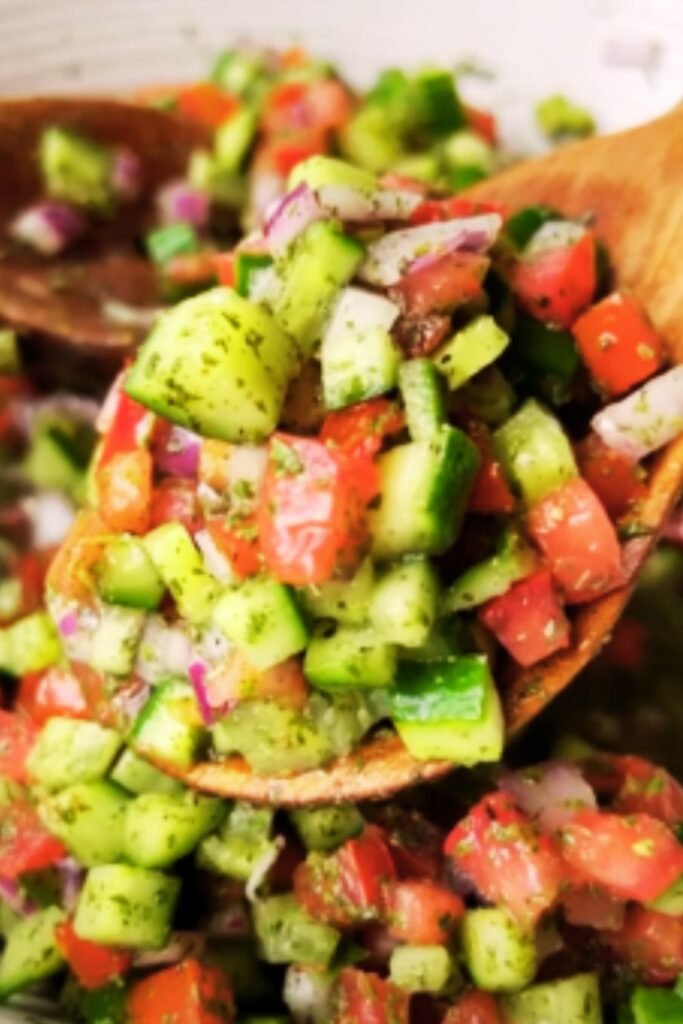
Complete Recipe
Here’s my detailed recipe for creating an authentic Shirazi Salad that serves 4-6 people as a side dish:
Ingredients:
- 4 Persian cucumbers (or 1 large English cucumber)
- 4 medium firm Roma tomatoes
- 1 medium red onion
- 2 tablespoons fresh mint, finely chopped
- 3 tablespoons lime juice (approximately 2 fresh limes)
- 2 tablespoons extra virgin olive oil
- 1 teaspoon salt, or to taste
- 1/4 teaspoon freshly ground black pepper
- 1/2 teaspoon dried mint (optional)
- 1/2 teaspoon sumac (optional, for garnish)
Instructions:
- Prepare the vegetables: Wash all produce thoroughly. Remove the seeds from the tomatoes (optional but recommended for authentic texture). Dice the cucumbers, tomatoes, and red onion into very small, uniform cubes (approximately 1/4 inch). The uniform size is crucial for the authentic Shirazi Salad experience.
- Reduce excess moisture: Place the diced cucumbers and tomatoes in a colander, sprinkle with 1/2 teaspoon of salt, and let sit for 15-20 minutes to draw out excess moisture. Meanwhile, place the diced onions in a bowl of cold water for 5-10 minutes to reduce their sharp bite.
- Combine ingredients: Drain the cucumbers and tomatoes well, gently patting dry with a paper towel if necessary. Drain the onions thoroughly. Transfer all vegetables to a mixing bowl and add the chopped fresh mint.
- Add the dressing: Drizzle the lime juice and olive oil over the salad. Add the remaining salt and pepper. If using, add the dried mint at this stage.
- Toss gently: Using two spoons or your hands, gently toss the salad to ensure even distribution of the dressing and seasonings. Be careful not to crush the vegetables.
- Rest and develop flavor: Cover the bowl and allow the salad to rest at room temperature for 15-30 minutes for the flavors to develop.
- Serve: Give the salad a final gentle toss before serving. If using, sprinkle with sumac for a final touch of color and tangy flavor.
Nutritional Information
For those who are health-conscious or following specific dietary plans, here’s the nutritional breakdown of Shirazi Salad per serving (based on 6 servings):
| Nutrient | Amount per Serving |
|---|---|
| Calories | 75 kcal |
| Carbohydrates | 8 g |
| Protein | 1.5 g |
| Fat | 5 g |
| Fiber | 2 g |
| Sugar | 4 g |
| Sodium | 400 mg |
| Vitamin A | 15% DV |
| Vitamin C | 35% DV |
| Calcium | 3% DV |
| Iron | 4% DV |
| Potassium | 8% DV |
This salad is naturally vegan, gluten-free, dairy-free, and low in calories, making it suitable for most dietary restrictions. It’s particularly rich in vitamins A and C, providing excellent nutritional value alongside its delicious taste.
Serving Suggestions
A traditional Shirazi Salad is incredibly versatile and pairs beautifully with many dishes. Here are some authentic serving recommendations:
Perfect Pairings:
- Persian Rice Dishes: Particularly chelow (steamed Persian rice) or tahdig (crispy Persian rice). The acidity of the salad cuts through the richness of buttery rice perfectly.
- Grilled Meats: Especially koobideh (ground meat kebabs) or joojeh (saffron chicken kebabs). The fresh, crisp salad provides a wonderful contrast to chargrilled flavors.
- Stews: Traditional Persian khoresh dishes like gheymeh (split pea stew) or ghormeh sabzi (herb stew) benefit from the bright, fresh notes of Shirazi Salad.
- Bread and Dips: Serve alongside warm lavash or sangak bread with mast-o-khiar (yogurt and cucumber dip) for a light meal.
- As Part of a Mezze: Include it in a spread of small dishes like hummus, baba ganoush, and dolmeh (stuffed grape leaves).
Presentation Ideas:
For a beautiful presentation that honors the Persian attention to aesthetics:
- Serve in a shallow, decorative bowl to showcase the vibrant colors
- Garnish with edible flowers like rose petals or borage for special occasions
- Arrange on a bed of fresh herbs like mint or basil leaves
- Use a glass bowl to display the colorful layers
- For formal settings, serve individual portions in small glass bowls or cups
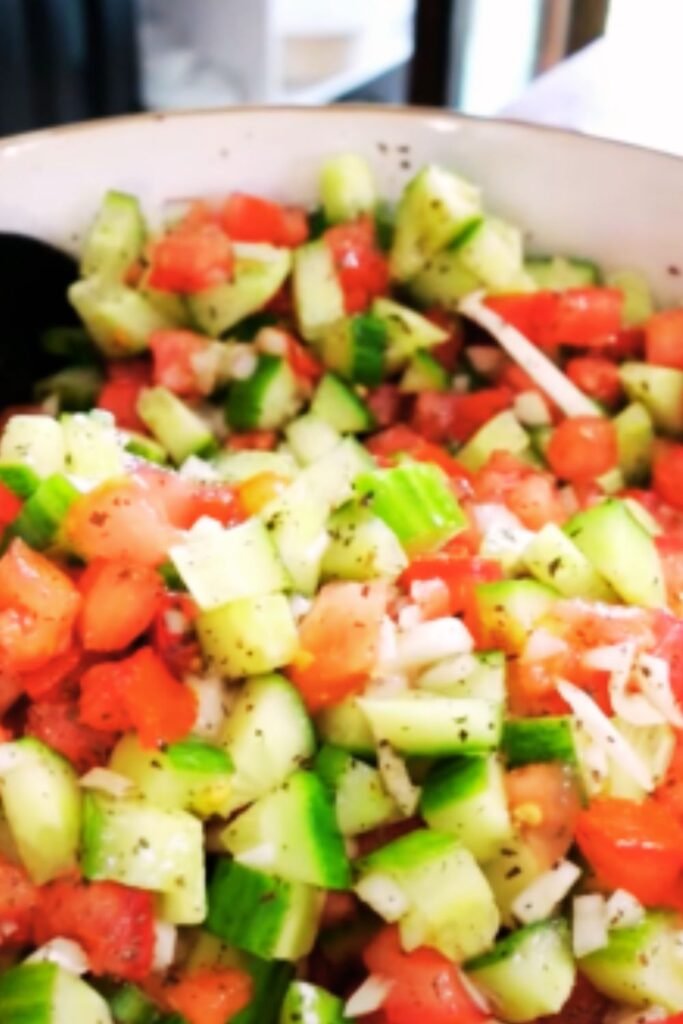
Storage and Make-Ahead Tips
While Shirazi Salad is best enjoyed fresh, I understand the need for practical preparation tips. Here’s my advice based on years of making this dish:
Make-Ahead Components:
- Prep vegetables separately: You can dice the cucumber and onion up to a day ahead and store them separately in the refrigerator. The cucumber should be stored wrapped in paper towels to absorb moisture.
- Wait on the tomatoes: For best texture, I recommend dicing tomatoes shortly before serving. If you must prepare them ahead, store separately from other ingredients.
- Prepare the dressing components: Have your lime juice squeezed and ready to go, but don’t mix with the vegetables until 30 minutes to 1 hour before serving.
Storage Guidelines:
| Timeline | Storage Method | Quality Notes |
|---|---|---|
| 2-4 hours ahead | Room temperature, covered | Ideal timing for flavor development |
| Up to 24 hours | Refrigerated in airtight container | Good quality, slight softening of vegetables |
| 1-2 days | Refrigerated with paper towel to absorb moisture | Acceptable but diminished texture |
| Beyond 2 days | Not recommended | Vegetables become too soggy |
Reviving Tips:
If your leftover salad has become watery or lost its crispness:
- Drain excess liquid using a fine-mesh sieve
- Add freshly diced cucumber for renewed crunch
- Refresh with an additional squeeze of lime juice
- Add a pinch of fresh herbs before serving
Remember that this salad was traditionally made fresh daily in Persian households for good reason – the simple ingredients are at their best when newly combined.
Troubleshooting Common Issues
Even with such a simple recipe, there are a few challenges that might arise. Here are solutions to common problems when making Shirazi Salad:
Watery Salad:
- Cause: Tomatoes and cucumbers releasing too much moisture
- Solution: Salt and drain the vegetables thoroughly before combining; use Roma tomatoes which are less watery; remove tomato seeds; use Persian or unwaxed cucumbers
Too Bitter or Sharp:
- Cause: Onions overpowering the salad
- Solution: Soak diced onions in cold water for 10 minutes before adding; use red onions instead of white for a milder flavor; reduce the quantity
Lack of Flavor:
- Cause: Underripe vegetables or insufficient seasoning
- Solution: Use ripe, in-season tomatoes; adjust salt level (very important in this simple salad); ensure enough lime juice is added; allow salad to rest before serving to develop flavors
Mushy Texture:
- Cause: Vegetables cut too small or salad made too far in advance
- Solution: Aim for 1/4 inch dice rather than mincing; prepare closer to serving time; keep ingredients separate until 30-60 minutes before serving
Uneven Flavor Distribution:
- Cause: Inadequate mixing or varying vegetable sizes
- Solution: Ensure uniform cutting size; gently but thoroughly toss all ingredients; allow resting time for flavors to meld
Health Benefits
Beyond its delicious taste, Shirazi Salad offers impressive nutritional benefits that make it not just a treat for your palate but also for your health:
- Low in Calories, High in Nutrients: With its vegetable-based composition, this salad provides essential vitamins and minerals while remaining light in calories.
- Hydrating Properties: Cucumbers and tomatoes have high water content (approximately.95% and 94% respectively), making this salad particularly refreshing and hydrating, especially in warm weather.
- Antioxidant Rich: The combination of tomatoes (lycopene), onions (quercetin), and lime juice (vitamin C) creates a powerful antioxidant profile that helps combat free radicals.
- Digestive Support: The fiber content aids digestion, while the herbs and lime have mild digestive stimulant properties traditional in Persian medicine.
- Heart-Healthy: The olive oil provides beneficial monounsaturated fats, while the overall low sodium content (when prepared at home) supports cardiovascular health.
- Anti-Inflammatory Properties: Several ingredients contain compounds with anti-inflammatory benefits, including the phenolic compounds in olive oil and antioxidants in the vegetables.
The table below provides a more detailed breakdown of the specific health benefits of key ingredients:
| Ingredient | Key Nutrients | Health Benefits |
|---|---|---|
| Cucumber | Vitamins K, C, potassium, magnesium | Hydration, skin health, blood pressure regulation |
| Tomatoes | Lycopene, vitamins C, K, potassium | Antioxidant protection, heart health, cancer risk reduction |
| Red onion | Quercetin, sulfur compounds, vitamin C | Immune support, antibacterial properties, blood sugar regulation |
| Mint | Menthol, rosmarinic acid | Digestive aid, breath freshener, headache relief |
| Lime juice | Vitamin C, antioxidants | Immune support, iron absorption, alkalizing effect |
| Olive oil | Oleic acid, polyphenols | Heart health, anti-inflammatory, skin health |
Personal Tips and Variations
Over years of making Shirazi Salad, I’ve developed some personal approaches that maintain authenticity while accommodating different preferences and situations:
My Personal Touch:
I like to add a small amount of grated lime zest to the salad for an extra aromatic dimension. This isn’t traditional, but it amplifies the lime flavor without adding more acidity. I also find that allowing the onions to marinate in the lime juice for 5-10 minutes before adding the other ingredients tames their sharpness while infusing the acid with onion flavor.
Regional Variations:
In my culinary explorations, I’ve encountered numerous regional takes on this classic:
- Southern Iran: Often includes finely chopped green bell peppers
- Tehran Style: Sometimes incorporates a small amount of vinegar alongside the lime juice
- Caspian Region: May include a touch of garlic and more herbs
- Diaspora Adaptations: Persian communities abroad sometimes incorporate local ingredients like avocado or cherry tomatoes
Dietary Adaptations:
While Shirazi Salad is naturally vegan and gluten-free, here are some adaptations for specific needs:
- Low-FODMAP: Omit the onions or use only the green parts of spring onions
- Low-Acid: Reduce lime juice and use more olive oil; consider adding a touch of honey to balance the acidity
- Higher Protein: Add 1/4 cup of cooked quinoa or diced tofu
- Kid-Friendly: Dice vegetables slightly larger, reduce onion, and consider adding a touch of honey to the dressing
Seasonal Adjustments:
- Summer: When tomatoes are at their peak, let them shine by using heirloom varieties
- Winter: Add pomegranate seeds for brightness when good tomatoes are scarce
- Spring: Incorporate fresh seasonal herbs like chives or dill
- Fall: Consider adding a small amount of finely diced bell pepper for extra crunch
Questions and Answers
Here are answers to some common questions about Shirazi Salad:
Q: Is it necessary to remove the seeds from the tomatoes? While not absolutely necessary, removing the seeds creates a more authentic texture by reducing excess moisture. Traditional Shirazi Salad has a relatively dry consistency compared to many Western salads. If you’re short on time, you can skip this step, but the result will be slightly juicier.
Q: Can I make Shirazi Salad in advance for a party? I recommend preparing the components separately up to 24 hours ahead. Dice and store the cucumber and onion separately in the refrigerator. Prepare the tomatoes and assemble with dressing about 30-60 minutes before serving for the best balance of flavor development and texture.
Q: What’s the difference between Shirazi Salad and Greek salad? While both feature cucumber and tomato, Greek salad typically includes larger chunks of vegetables, feta cheese, olives, and a different herb profile (usually oregano instead of mint). Shirazi Salad is more finely diced, cheese-free, and features lime juice rather than vinegar.
Q: Can I use lemon juice instead of lime juice? Yes, although lime juice is more traditional in Persian cuisine, lemon juice makes a perfectly acceptable substitute with minimal difference in the final taste.
Q: How can I make this salad less watery? Salt and drain your cucumbers and tomatoes in a colander for 15-20 minutes before combining with other ingredients. Using Roma tomatoes and Persian cucumbers, which have fewer seeds, also helps. Additionally, removing tomato seeds significantly reduces excess liquid.
Q: Is there a shortcut for the fine dicing required? While the fine, uniform dice is characteristic of authentic Shirazi Salad, you can use a food processor with the pulse function for a quicker preparation. Be careful not to over-process – just a few quick pulses should achieve small pieces without turning the vegetables to mush.
Q: What’s the best way to serve Shirazi Salad at an outdoor gathering? Keep it chilled in a covered container until shortly before serving. Because it contains no dairy or mayonnaise, it’s safer than many salads for outdoor serving, but still should not sit in hot weather for more than 2 hours. Serving it in a wide, shallow bowl helps prevent it from becoming soggy at the bottom.
Conclusion
Shirazi Salad exemplifies the beauty of Persian cuisine – simple ingredients transformed through careful technique into something greater than the sum of its parts. What I love most about this dish is how it demonstrates that culinary excellence doesn’t always require complex methods or exotic ingredients. Sometimes, the most memorable food experiences come from basic elements prepared with attention and respect.
The cultural significance of this salad extends beyond its delicious taste. It represents Persian culinary values of balance, freshness, and hospitality. The careful dicing of ingredients shows care and craftsmanship, while the clean, bright flavors refresh the palate alongside richer dishes.
Whether you’re serving it as part of a Persian feast, alongside grilled meats, or as a light lunch on its own, Shirazi Salad brings a touch of Persian culinary heritage to your table. I encourage you to embrace both the traditional methods and the opportunity to make it your own.
As with many cherished recipes from around the world, the true secret ingredient is the intention and care you put into its preparation. When you dice those vegetables with precision and balance the dressing just so, you’re participating in a culinary tradition that has brought joy to countless tables for generations.

